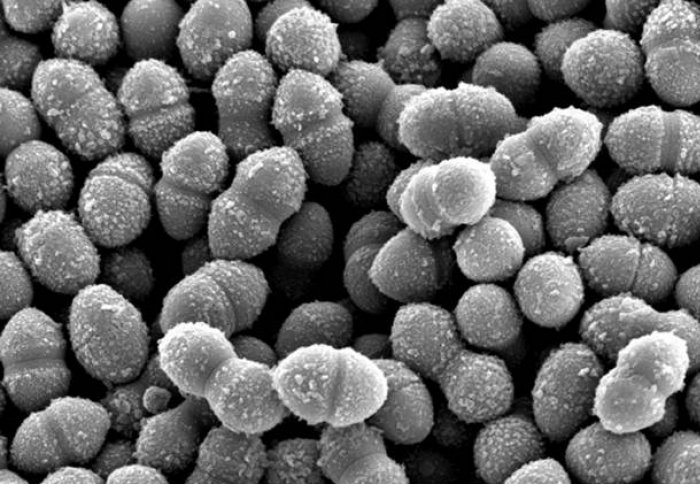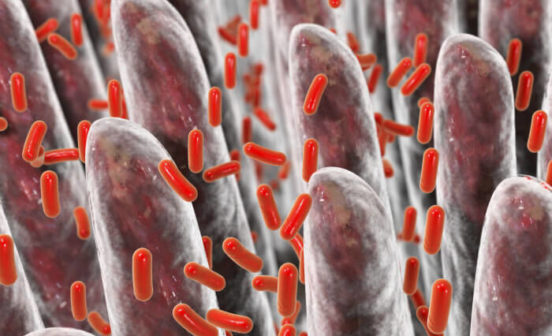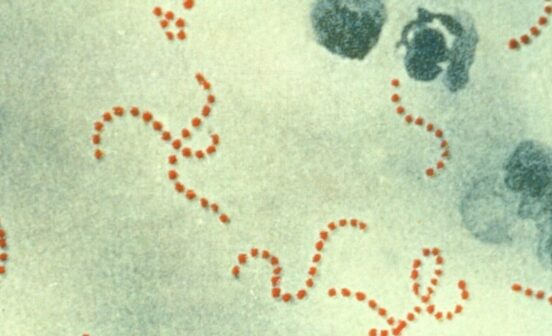Diagnostic Using Next-Generation Sequencing to inform and control an outbreak

For previously unknown reasons, the UK recently experienced an unprecedented surge in scarlet fever. This infectious bacterial disease saw a 10-fold increase in notifications, with 14,000-16,000 cases per year between 2014 and 2016.
Our research into Group A Streptococcal (GAS) infections that cause scarlet fever enabled a detailed investigation of an outbreak of invasive GAS pregnant and postnatal women and children. Imperial BRC funding supported the only longitudinal study able to investigate the basis for the rise in cases of scarlet fever.
Standard typing methods were found inadequate in mapping this outbreak, but novel whole genome and phenotypic analyses of the national surges in M3 and M89 disease rapidly identified which GAS strains were responsible for invasive and systemic disease. Sequencing of M89 GAS isolates from Imperial College Healthcare NHS Trust (ICHT) patients demonstrated recombination-related genome remodelling (loss of capsule, gain of toxins) in a previously undescribed clade that emerged in 2007 throughout the UK. It has subsequently become dominant throughout Europe and North America.
Analysis of M type ENT isolates submitted to the ICHT between 2009 and 2015 provides evidence that, unlike in the Far East, the surge is not attributable to antimicrobially resistant clones but are instead related to altered patterns of consulting, diagnosis and treatment of sore throat, coupled with changes in childcare. These findings were widely reported in the media in the UK and globally. Our work has affected the choice of vaccines and other preventative measures, leading to the reconsideration of the National Institute for Health and Care Excellence (NICE) 2008 guidelines, and resulting in new national guidelines regarding GAS transmission risk and management in hospitals.





